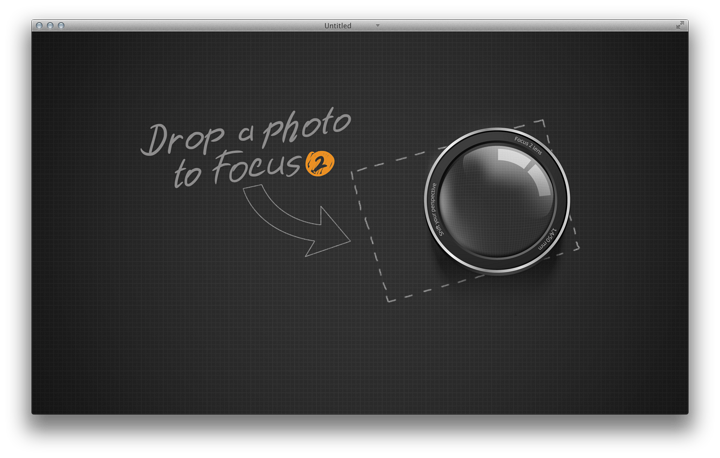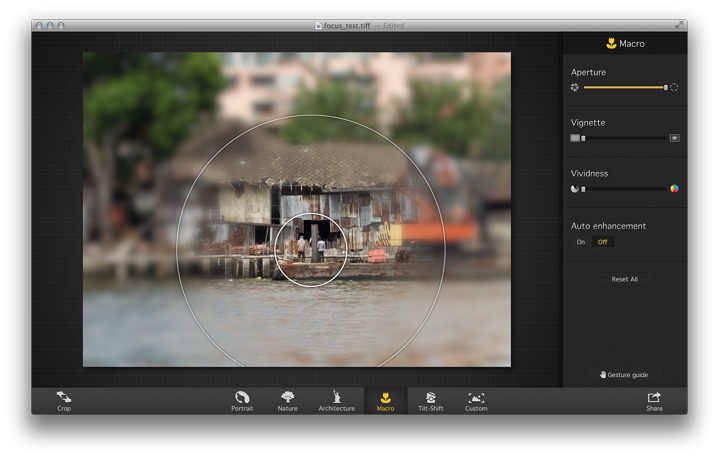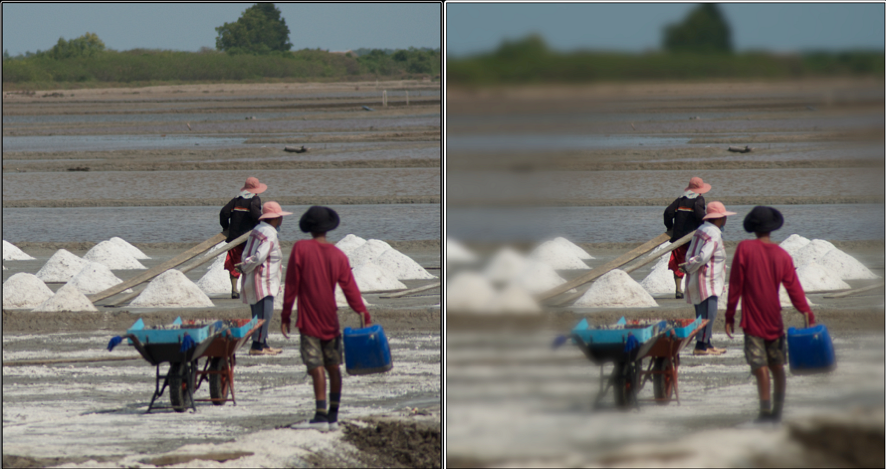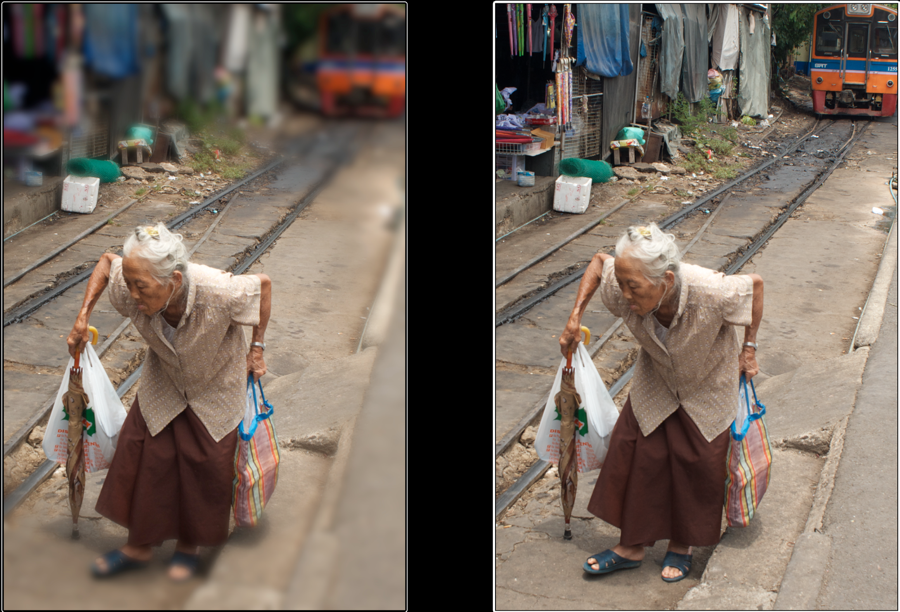Focus 2: An Easy to Use and Inexpensive Solution for Image Blur and Tilt-shift Effects on the Mac

AMITIAE - Wednesday 11 December 2013
|
Focus 2: An Easy to Use and Inexpensive Solution for Image Blur and Tilt-shift Effects on the Mac |
 |
|
|
By Graham K. Rogers
These include,
Each of these has a limited set of features, but do the tasks well. ColorStrokes, which adds colour to monochrome images (like iSplash) was developed by MacPhun who also put out a number of other apps, including Art Camera for iOS devices. Last week, MacPhun released a new version of an application for Tilt-shift effects in images on the Mac: Focus 2. This application was initially created by Coppertino, but MacPhun has taken over all development and Focus 2 is currently at version 1.0. The best way to create tilt-shift effects with a camera is to buy a lens made specifically for the task, such as the products of LensBaby. Such lenses are not cheap and the value for non-professionals is limited. There are a number of apps for the task, and it is possible to create similar effects - blurring of parts of an image so the subject has an increased importance - using photo-editing software. This is a lengthy task, however. Far better, for some, to have an application that does the job quickly and easily.


The circles, for example may be enlarged or made smaller. The amounts by which effects are applied are also adjusted using sliders in an editing panel to the right: Aperture, Vignette, Vividness. The editing panel also has auto-enhancement (On/Off) and a button to "Reset all".


The export to Aperture was the same resolution, although image size was considerably reduced from the RAW original. One example was from 18.99 MB to 1.43 MB. The File menu gave a number of other options. Three MacPhun applications that I do not have were shown in the menu along with Aperture and iPhoto, but there were also greyed out options for Adobe software (Photoshop, Photoshop Elements and Lightroom). Other export options included JPEG, PNG and TIFF as well as a Focus Document format.

I also found that when using the sliders, as with effects in Apple's Aperture, "Less is more" was a good rule to bear in mind. I found myself applying a slider effect in Focus 2 and being dissatisfied with the contouring between focus and blur. Removing 50% of that softened the two areas and improved the output.
For many users that would only take a few seconds, and an experienced user would already be thinking about editing possibilities while examining the images in the workflow process. This is not an expensive application at $9.99 from the Mac App Store (approximately 320 baht in real money) and goes into my collection of productivity applications, allowing me to produce interesting output without the overhead of expensive software; and in a relatively short time.

Graham K. Rogers teaches at the Faculty of Engineering, Mahidol University in Thailand where he is also Assistant Dean. He wrote in the Bangkok Post, Database supplement on IT subjects. For the last seven years of Database he wrote a column on Apple and Macs. |
|

For further information, e-mail to

|

|